Cinnamon, the aromatic spice that has graced kitchens and pantries for centuries, is renowned not only for its distinctive flavor but also for its remarkable preservative properties.
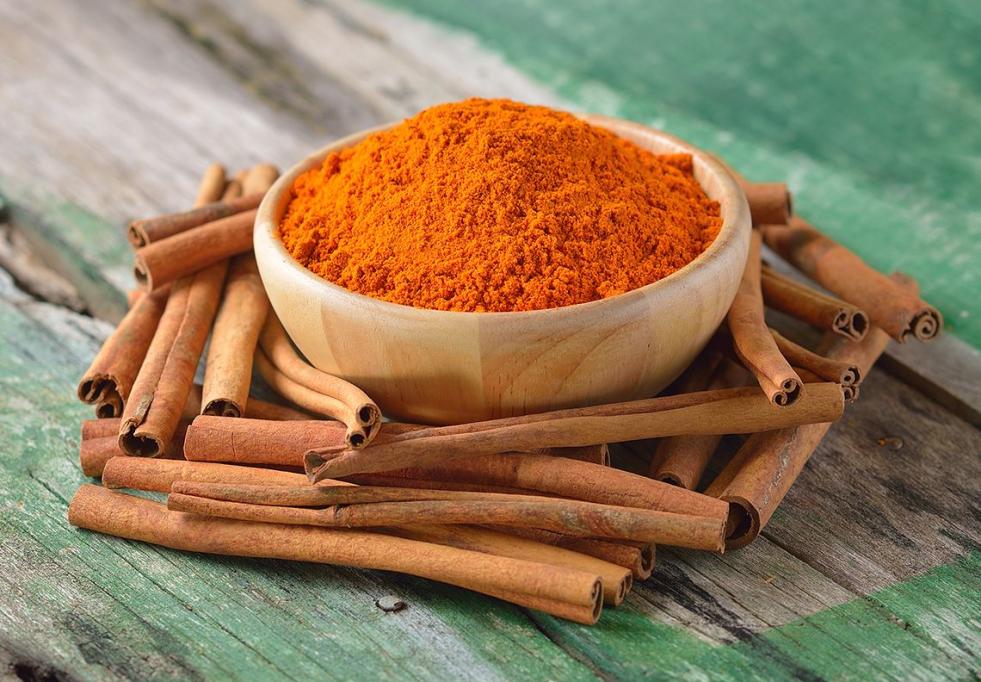
In this article, we will embark on a journey into the world of cinnamon, exploring its historical significance, its composition, and the fascinating ways in which it acts as a natural preservative.
As we dive into the science behind this spice, we’ll uncover the various applications of cinnamon as a preservative and its potential impact on modern food preservation practices.
Historical Significance of Cinnamon
To understand the role of cinnamon as a preservative, it’s crucial to appreciate its historical significance. Cinnamon’s storied past includes its use in ancient Egypt, where it was valued not only for its flavor but also for its role in preserving food. We’ll explore how various civilizations incorporated cinnamon into their preservation techniques, laying the foundation for its continued use in modern times.
During the medieval period, cinnamon became a coveted commodity in Europe. Its scarcity and high demand led to the development of intricate trade routes, with Arab merchants closely guarding the source of their cinnamon. In the 15th century, explorers like Christopher Columbus set out on voyages in search of a direct route to the spice-rich lands of Asia, contributing to the Age of Exploration.
The historical significance of cinnamon extends to its role in shaping global trade routes, inspiring exploration, and influencing cultural practices. Its journey from a prized spice in ancient rituals to a catalyst for exploration highlights the profound impact this aromatic treasure has had on human history.
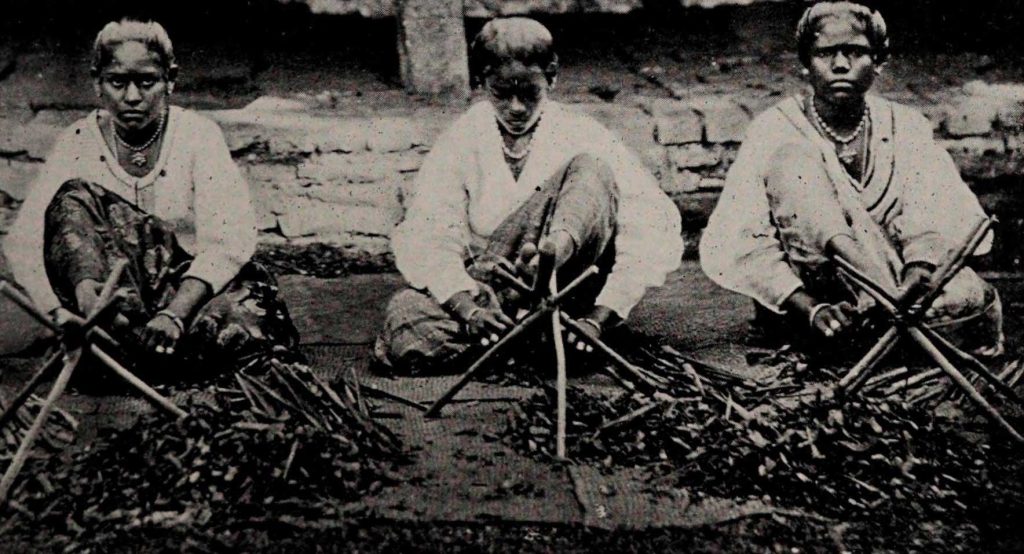
Chemical Composition of Cinnamon
A closer look at cinnamon’s chemical composition reveals the presence of potent compounds such as cinnamaldehyde, eugenol, and cinnamic acid. We’ll examine how these components contribute to cinnamon’s preservative properties, inhibiting the growth of bacteria, fungi, and other microorganisms.
This compound exhibits antioxidant and anti-inflammatory properties. Additionally, cinnamon contains eugenol, responsible for its spicy notes and contributes to its medicinal potential. The spice is a rich source of essential oils, including trans-cinnamyl acetate and caryophyllene oxide, offering antimicrobial effects.
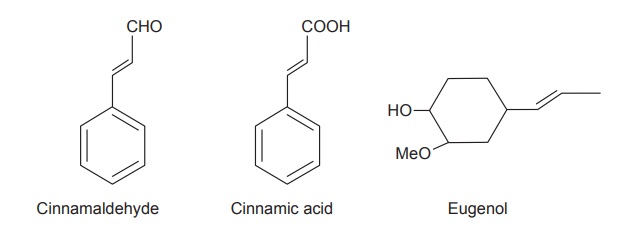
Cinnamon also contains trace amounts of coumarin, a naturally occurring substance with potential health considerations in large quantities.
Beyond its taste and fragrance, cinnamon’s diverse chemical profile underlies its use in traditional medicine and culinary applications worldwide.
Antimicrobial Properties of Cinnamon
Cinnamon possesses notable antimicrobial properties, making it a valuable natural substance with applications in traditional medicine and food preservation. The key component responsible for these properties is cinnamaldehyde, a compound found in the essential oil of cinnamon. Cinnamaldehyde exhibits strong antimicrobial effects against a variety of bacteria and fungi, including those that can cause foodborne illnesses.
Studies have demonstrated cinnamon’s ability to inhibit the growth of pathogenic bacteria such as Escherichia coli (E. coli), Salmonella, and Staphylococcus aureus. Additionally, it has shown efficacy against various fungi, including Candida albicans.
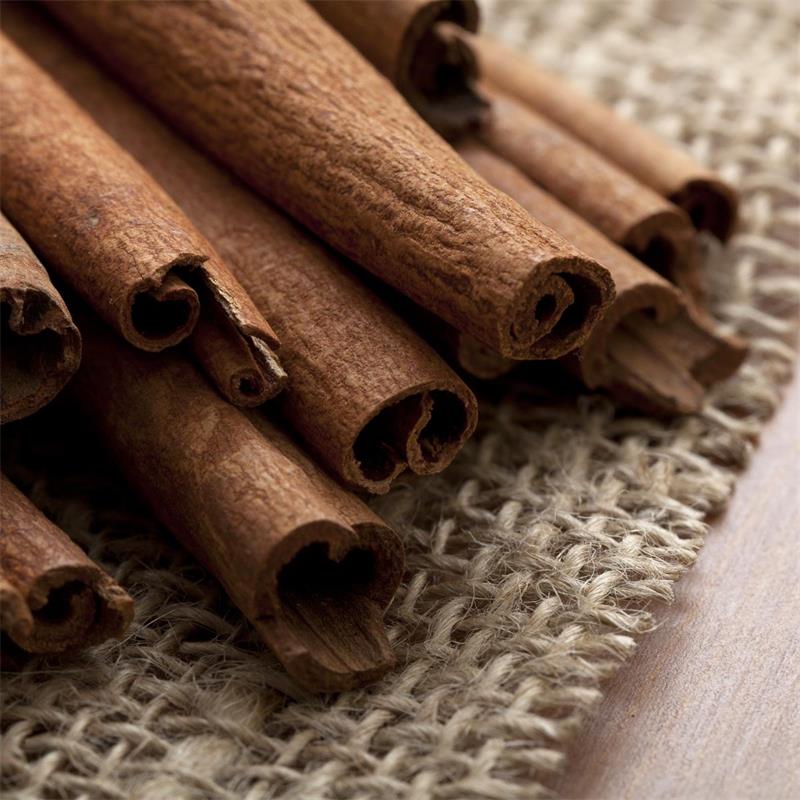
The antimicrobial action of cinnamon is attributed to its ability to disrupt the cell membranes of microorganisms, leading to cell damage and eventual death. This mechanism of action makes cinnamon a potential natural preservative in food products, helping to extend shelf life while minimizing the need for synthetic additives.
Beyond its role in food preservation, cinnamon’s antimicrobial properties have contributed to its historical use in traditional medicine for treating infections and promoting overall health. While further research is ongoing to explore its full potential, cinnamon’s natural antimicrobial qualities highlight its versatility and significance in both culinary and medicinal practices.
Cinnamon in Food Preservation
Cinnamon has played a historical role in food preservation, primarily due to its natural antimicrobial properties. The spice contains compounds like cinnamaldehyde, which exhibit strong antibacterial and antifungal characteristics. Ancient cultures recognized these preservative qualities and utilized cinnamon not only for its distinct flavor but also for extending the shelf life of perishable foods.
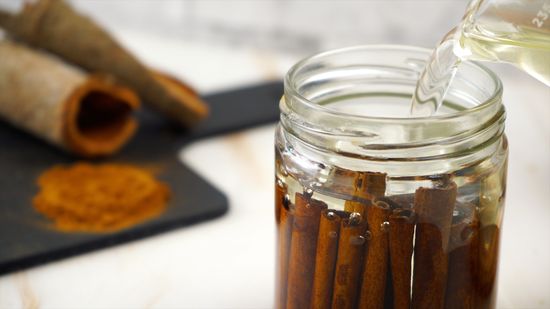
In various traditional cuisines, cinnamon was added to meats, fruits, and even pickles to inhibit the growth of spoilage-causing microorganisms.
Its ability to deter bacterial and fungal growth made it a valuable ingredient in regions where refrigeration was not available. The spice was also employed in the preservation of jams, jellies, and other sweet preserves.
Beyond its taste-enhancing qualities, cinnamon’s preservative effects were especially crucial in warmer climates where food spoilage was a constant challenge. Even today, cinnamon continues to be utilized in certain culinary applications for its dual role of flavor enhancement and natural preservation. Its historical significance in food preservation highlights the practical and innovative ways in which cultures have leveraged natural resources to ensure the safety and longevity of their food supply.
Cinnamon in the Contemporary Food Industry
The food industry is constantly evolving, and cinnamon has found its place in the preservation strategies of many food manufacturers. This section will discuss how cinnamon extracts and essential oils are integrated into food production processes, offering a natural alternative to synthetic preservatives.
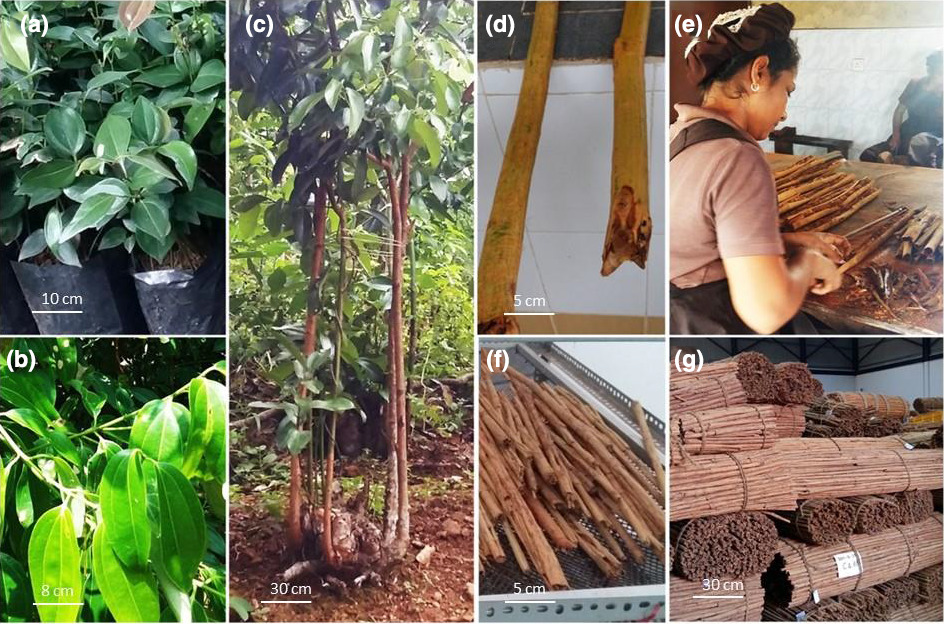
In the contemporary food industry, cinnamon remains a versatile and popular spice, valued for both its unique flavor profile and various functional properties. Its warm, sweet, and slightly spicy taste contributes to a wide range of dishes, from baked goods and desserts to savory dishes and beverages. Cinnamon’s ability to enhance the overall sensory experience of food makes it a staple in many cuisines worldwide.
Beyond its flavor, cinnamon has found applications in the food industry due to its potential health benefits. Studies have suggested that the compounds in cinnamon, particularly cinnamaldehyde, may have anti-inflammatory and antioxidant properties. As a result, cinnamon is often incorporated into health-conscious food products, such as snacks, smoothies, and breakfast items, capitalizing on its positive associations with well-being.
Moreover, cinnamon’s natural preservative qualities continue to be relevant in contemporary food production. In the absence of certain synthetic preservatives, some food manufacturers use cinnamon to extend the shelf life of products. This aligns with the growing consumer preference for natural and clean-label ingredients.
Conclusion
In conclusion, the journey through the world of cinnamon as a natural preservative unveils a tapestry of history, chemistry, and practical applications. From ancient civilizations to modern food industries, cinnamon continues to captivate us with its ability to enhance flavors and extend the shelf life of our culinary creations. As we savor the aroma and taste of cinnamon in our favorite dishes, let us also appreciate the unsung heroism of this spice in preserving the goodness of our food.
